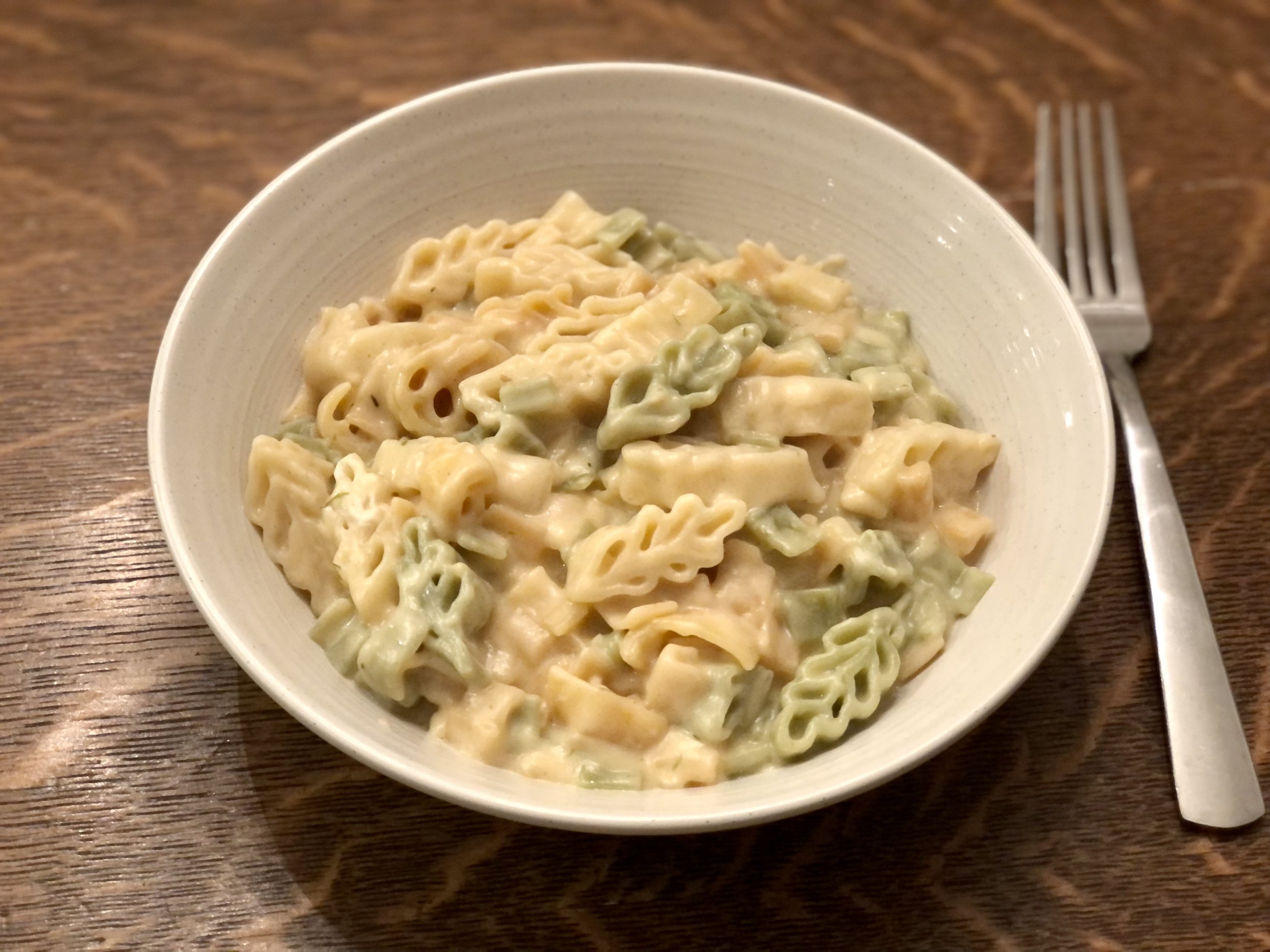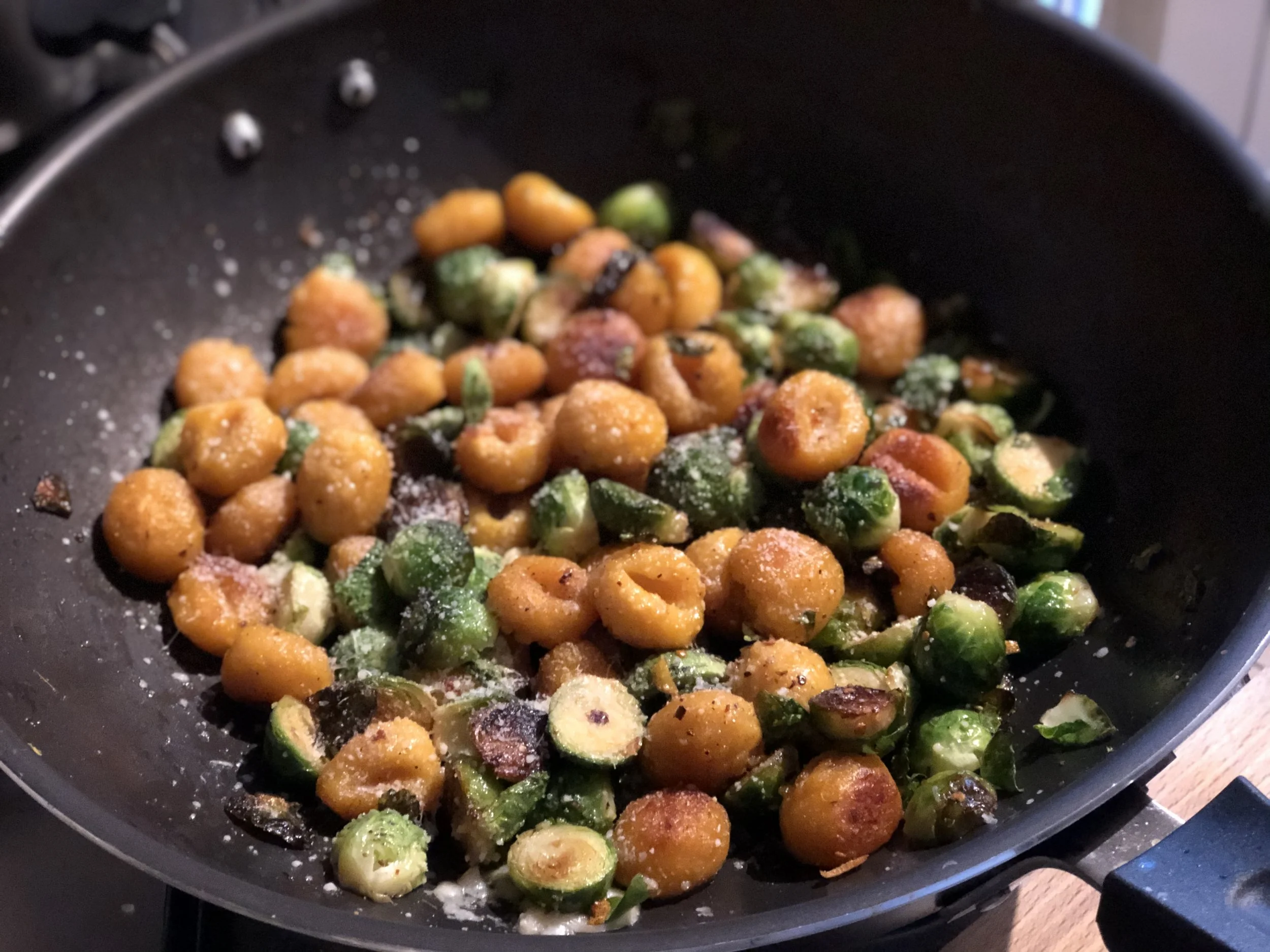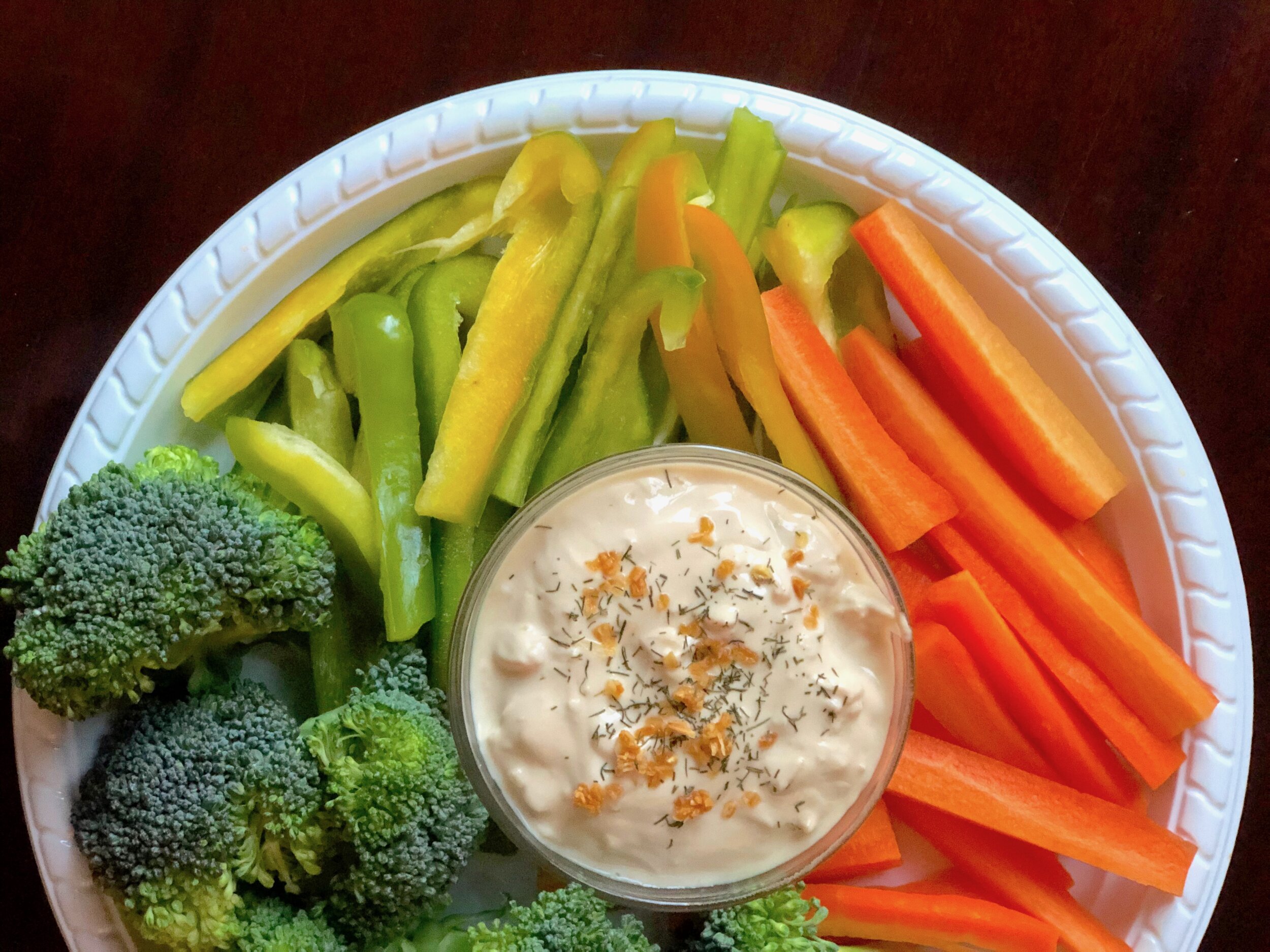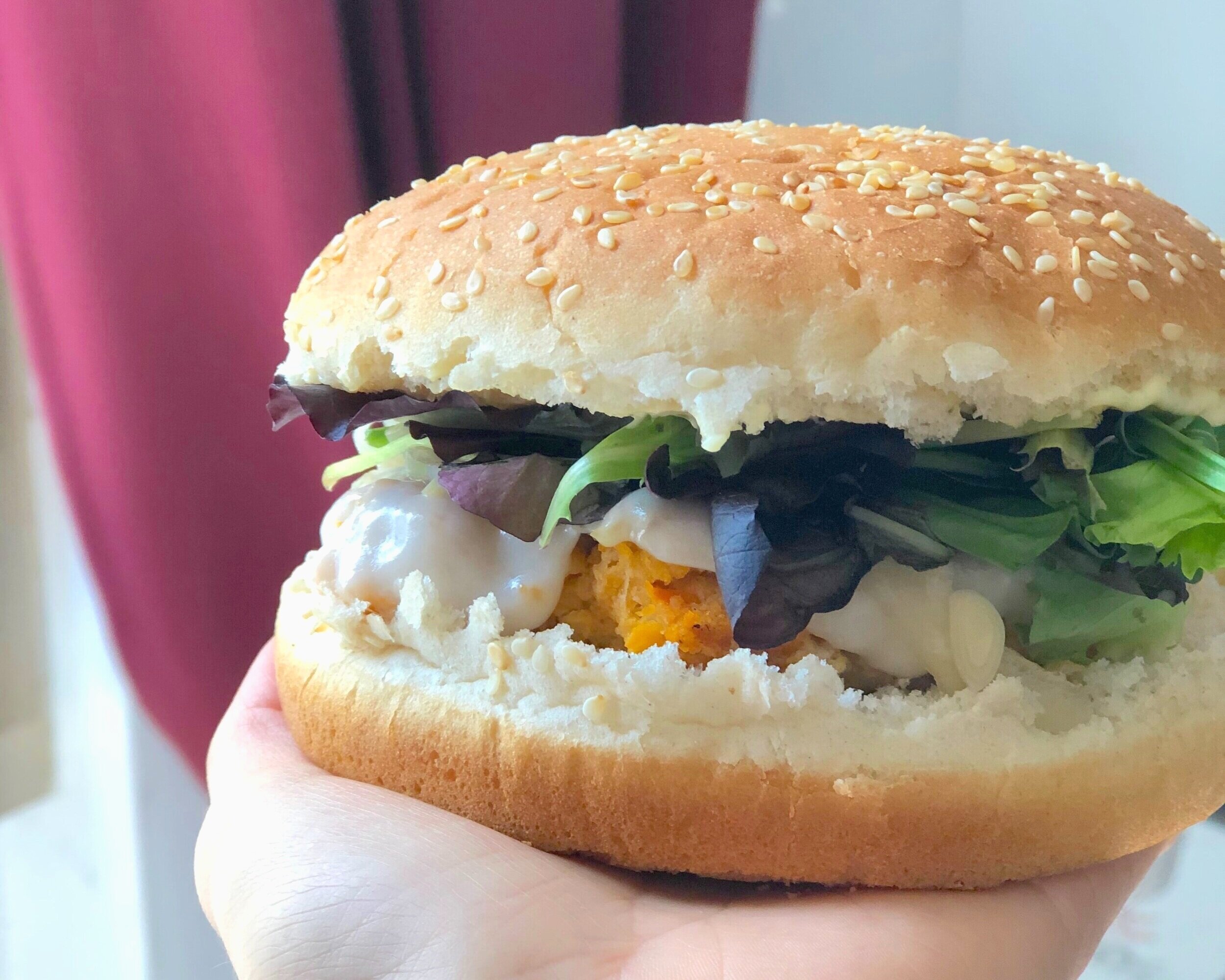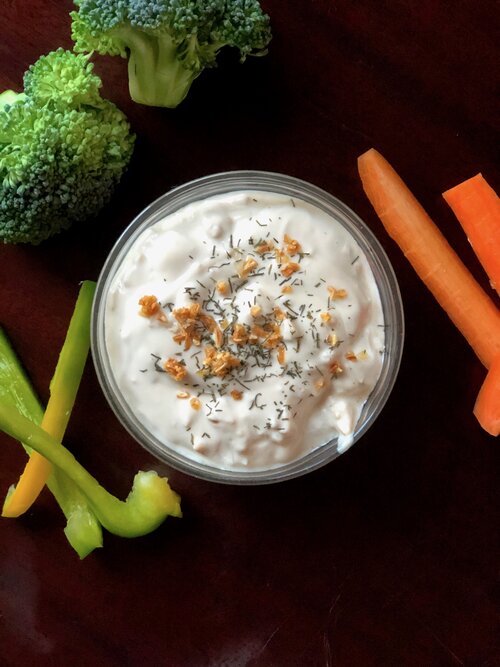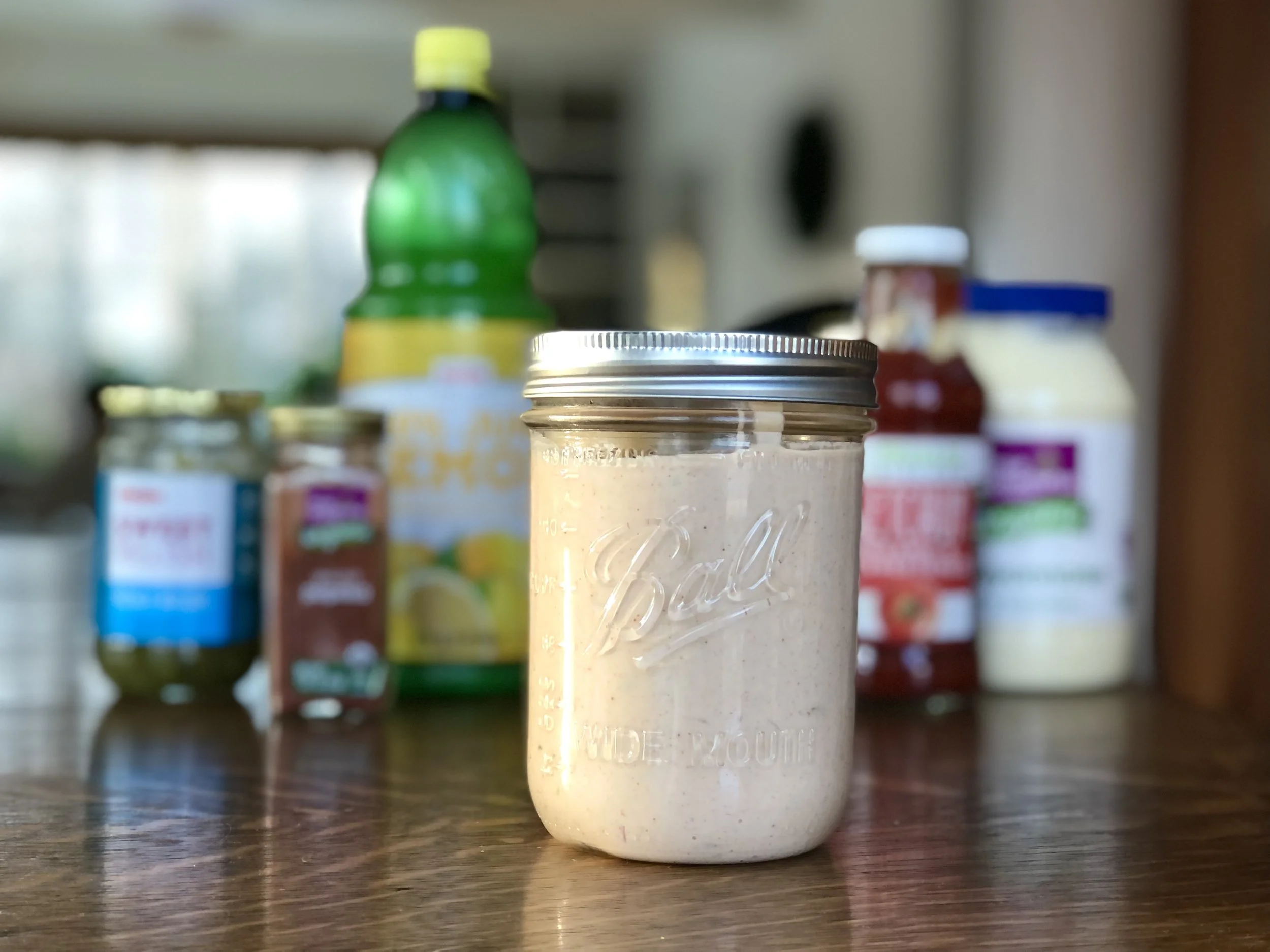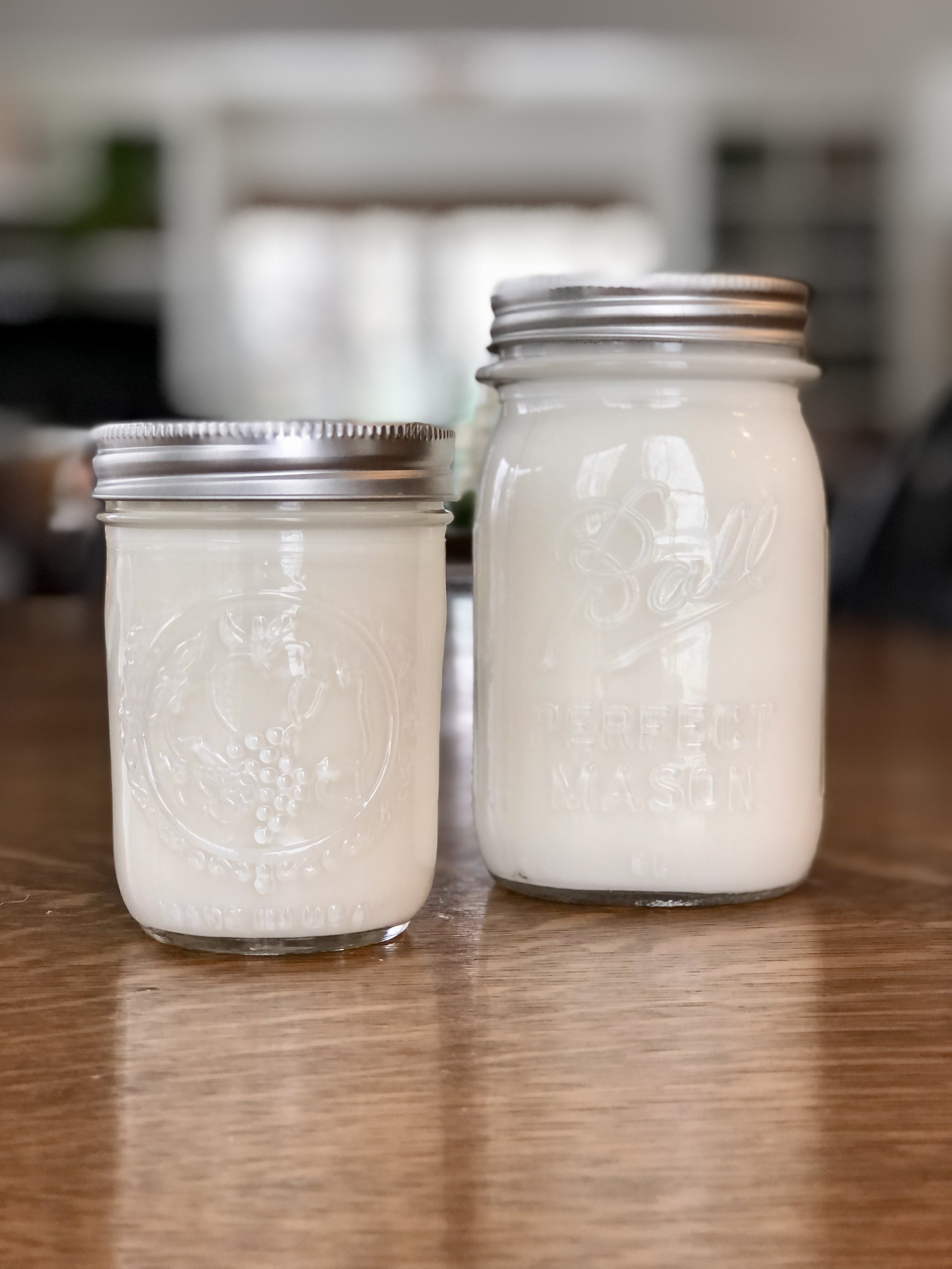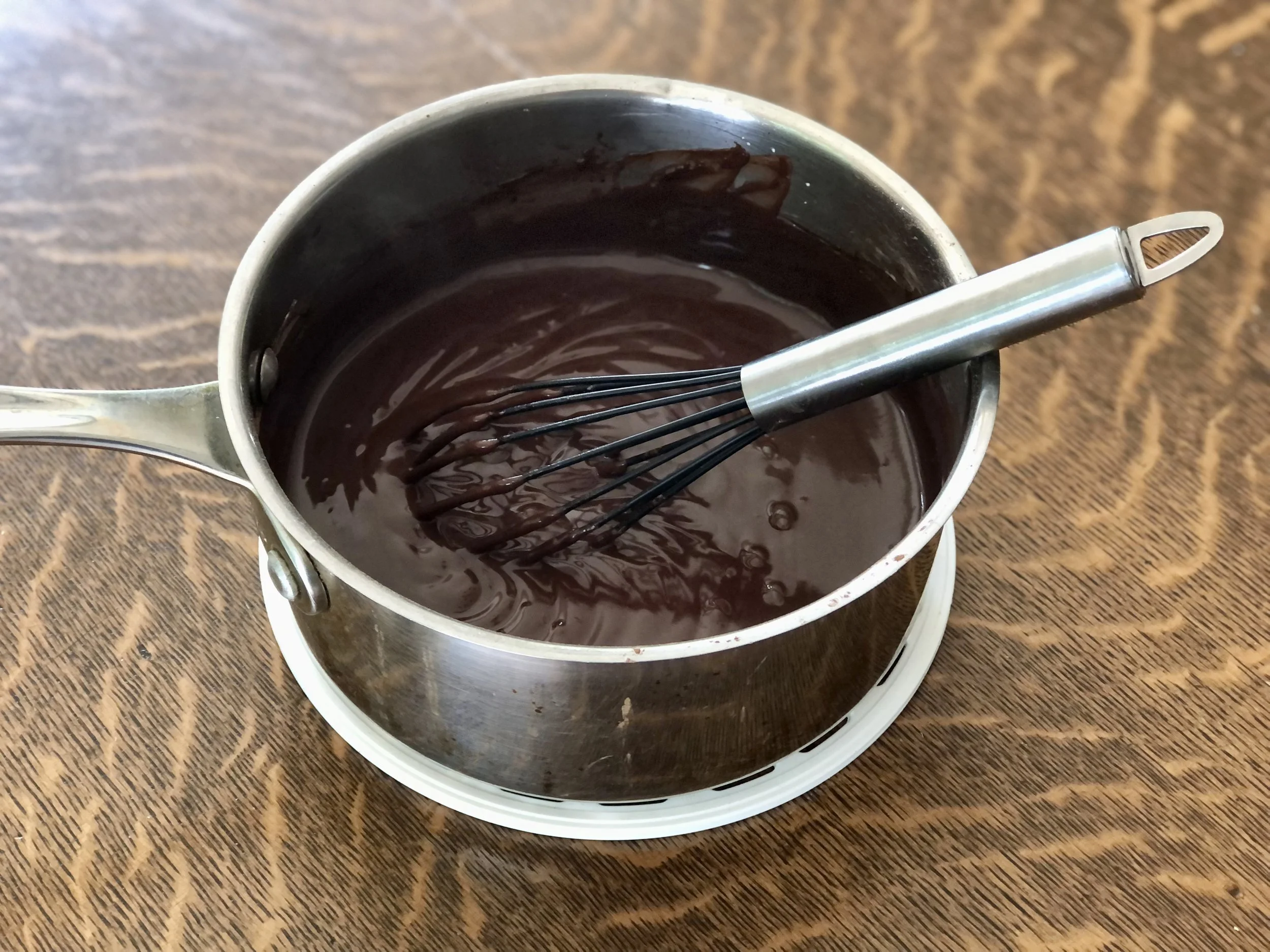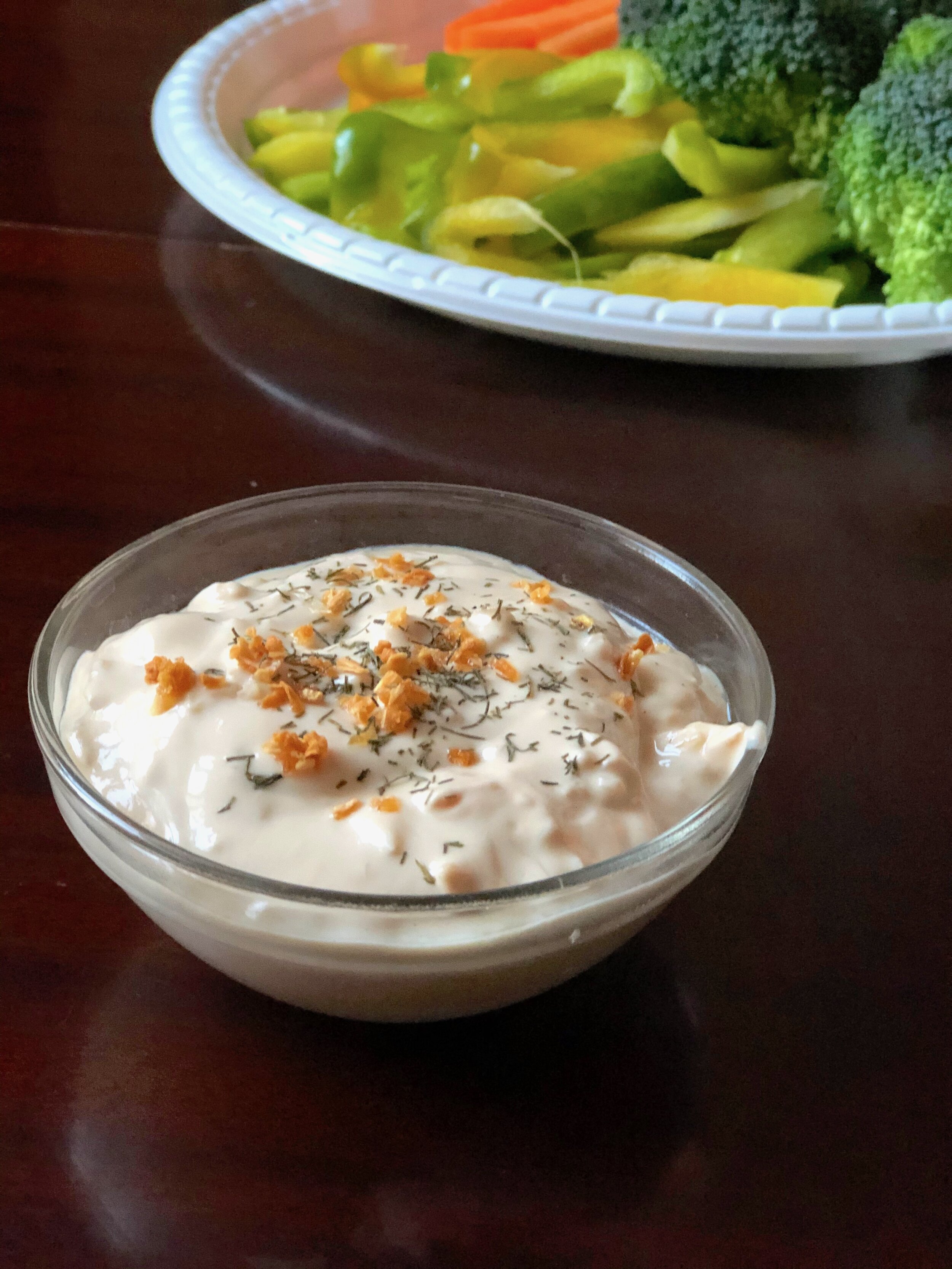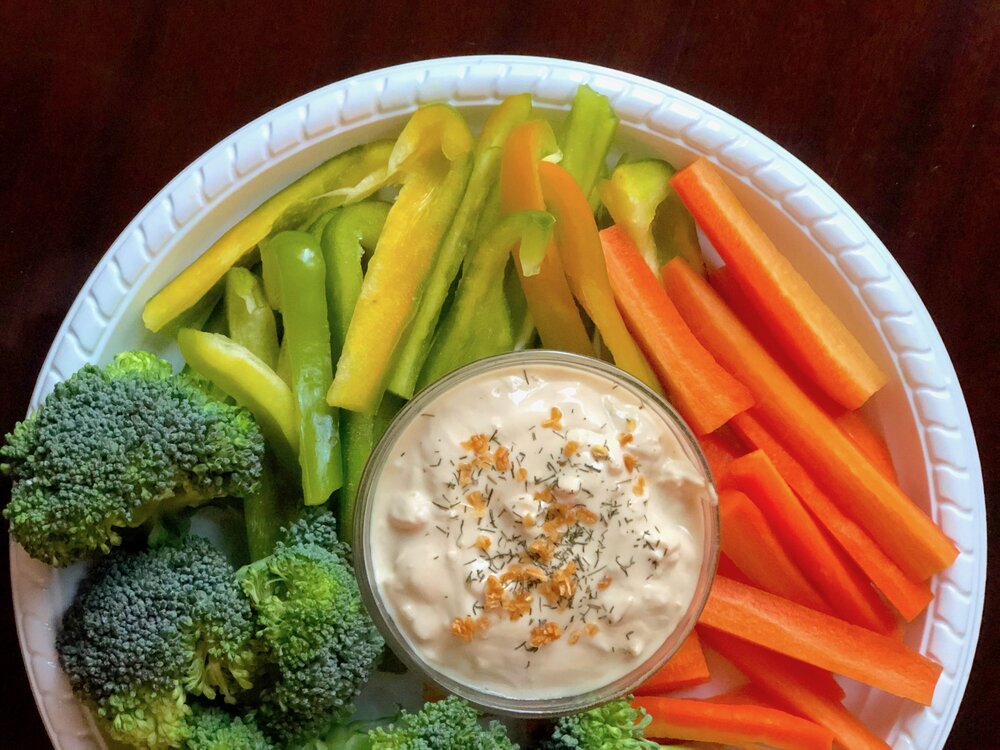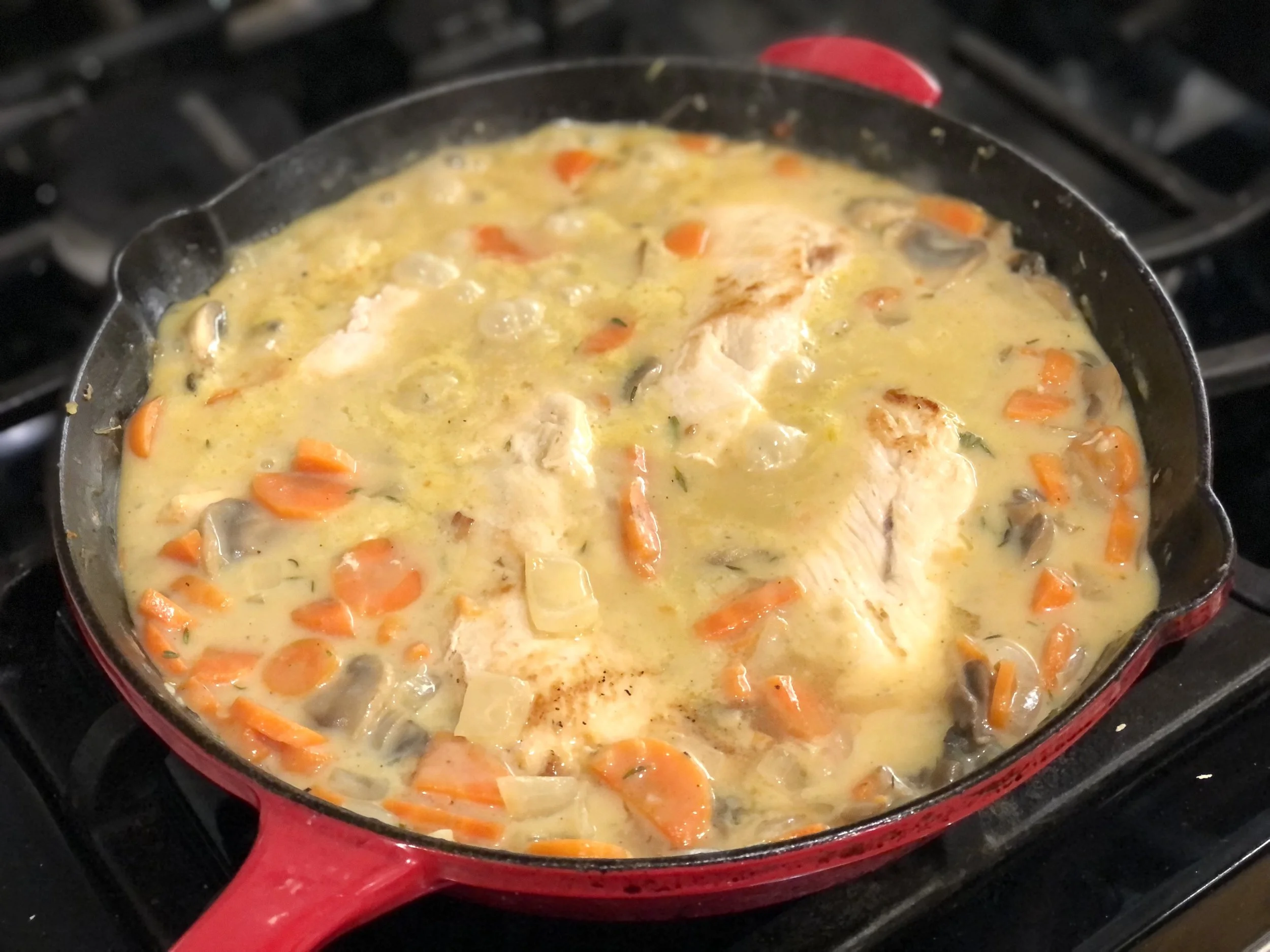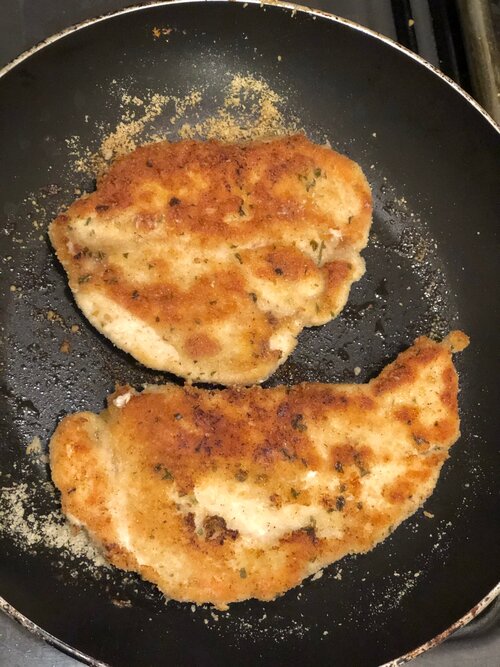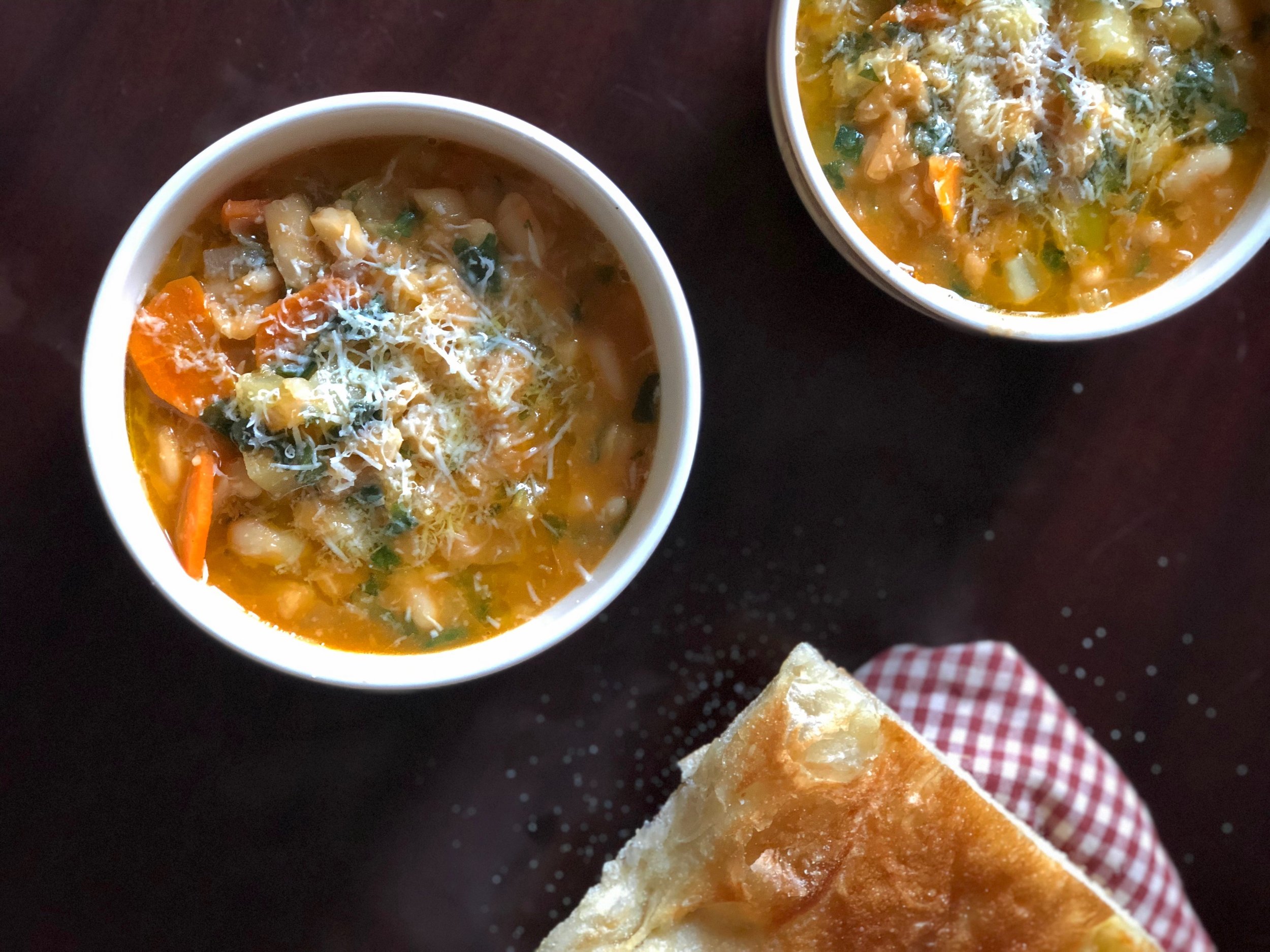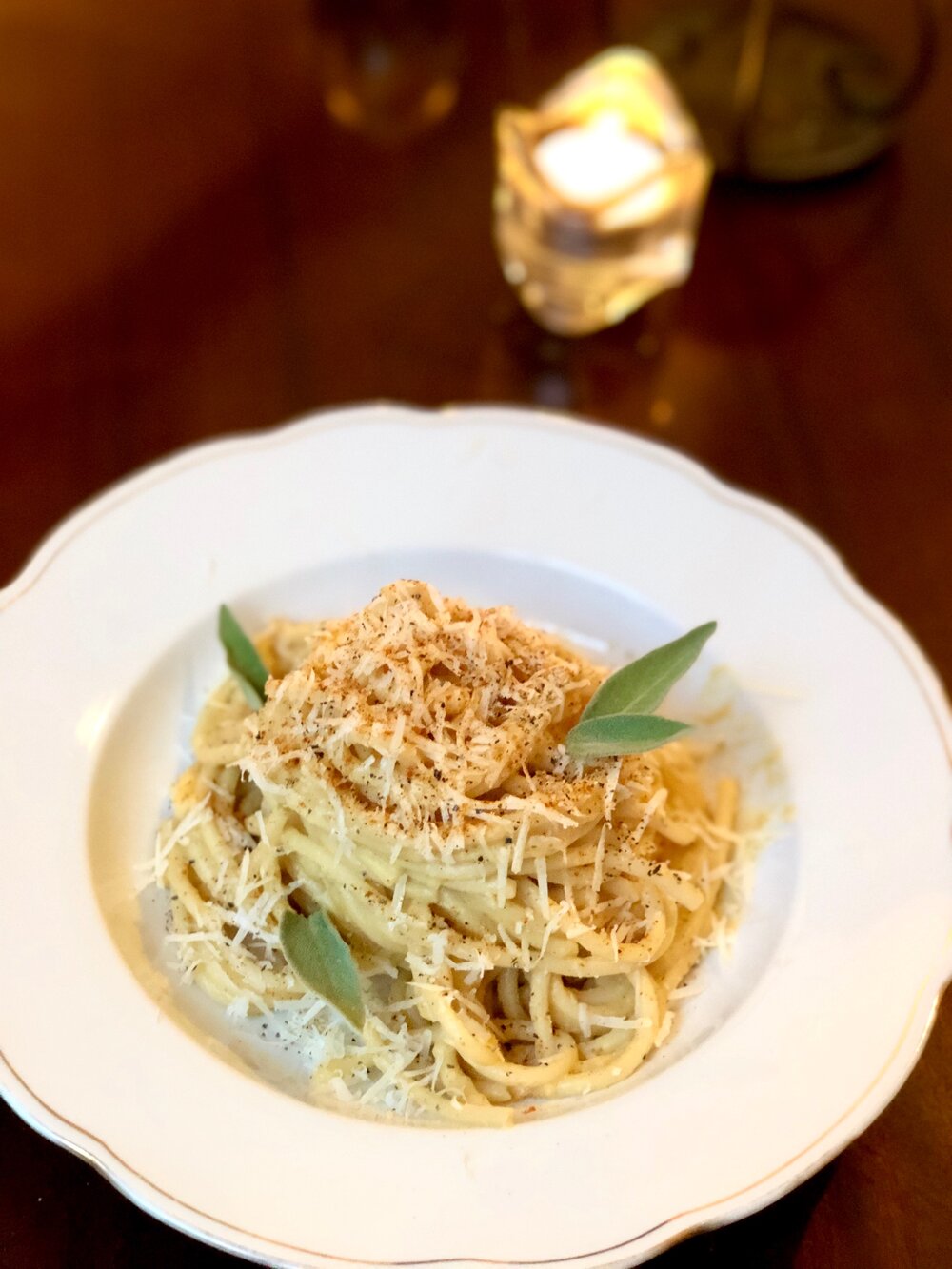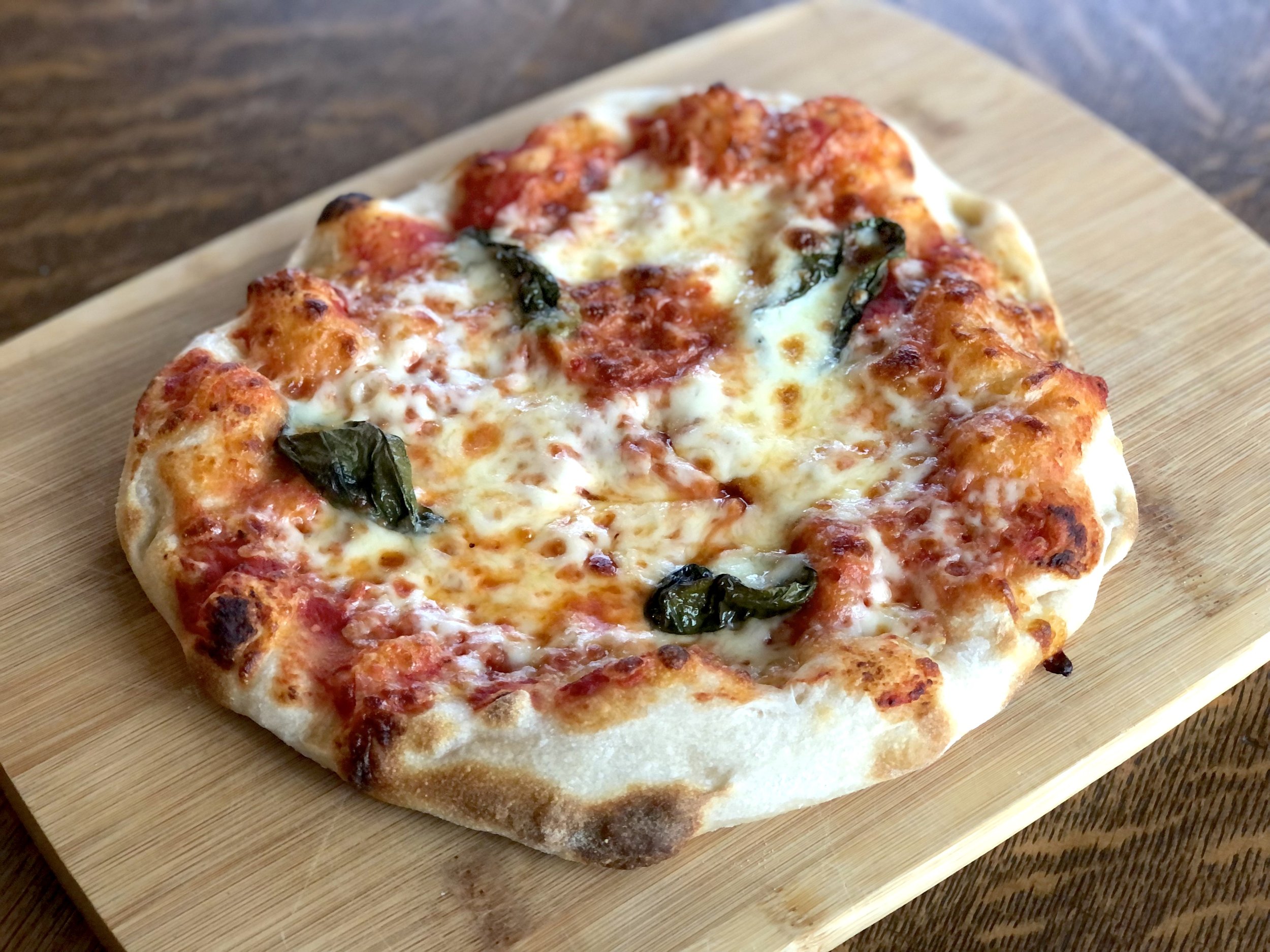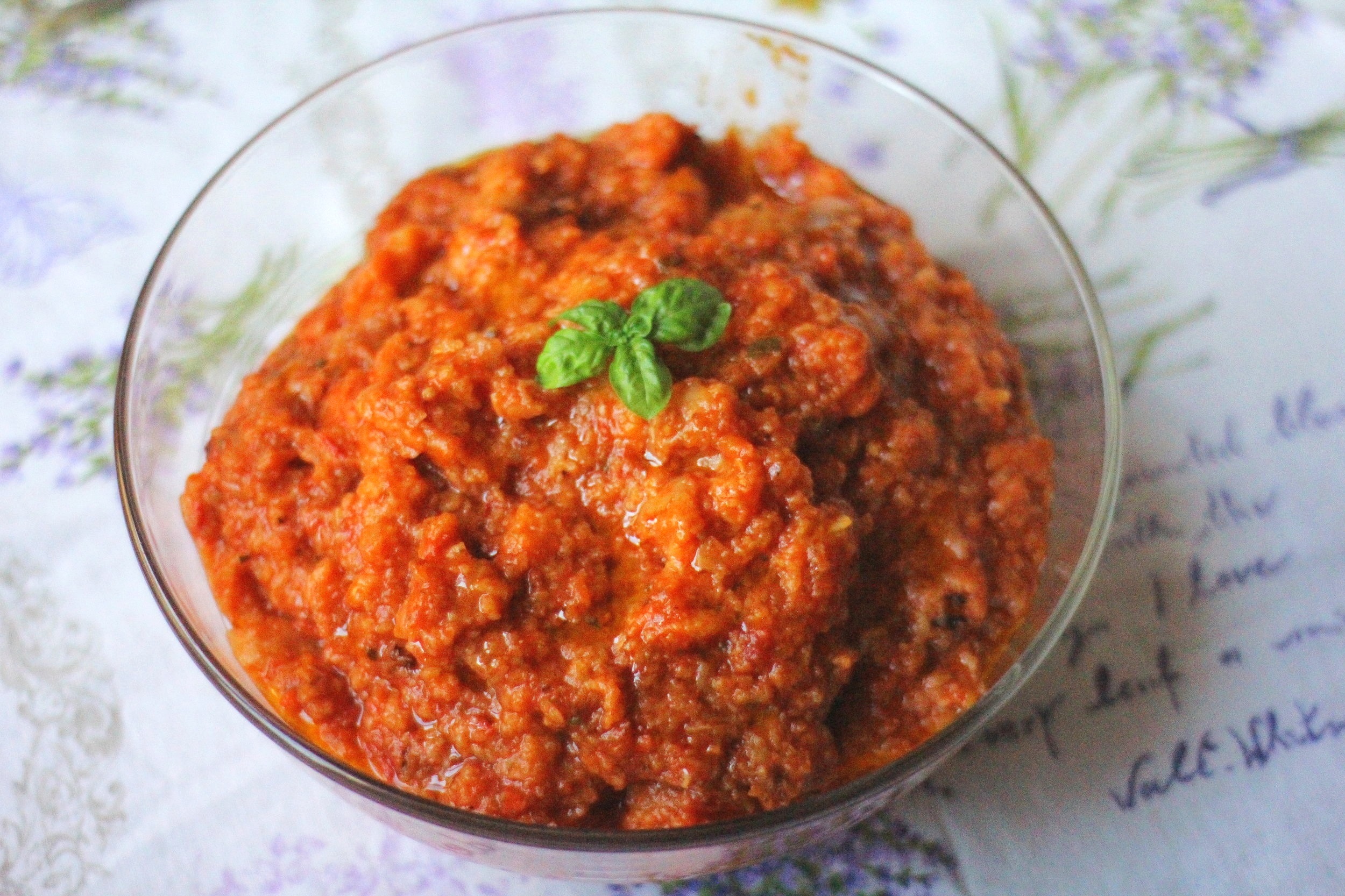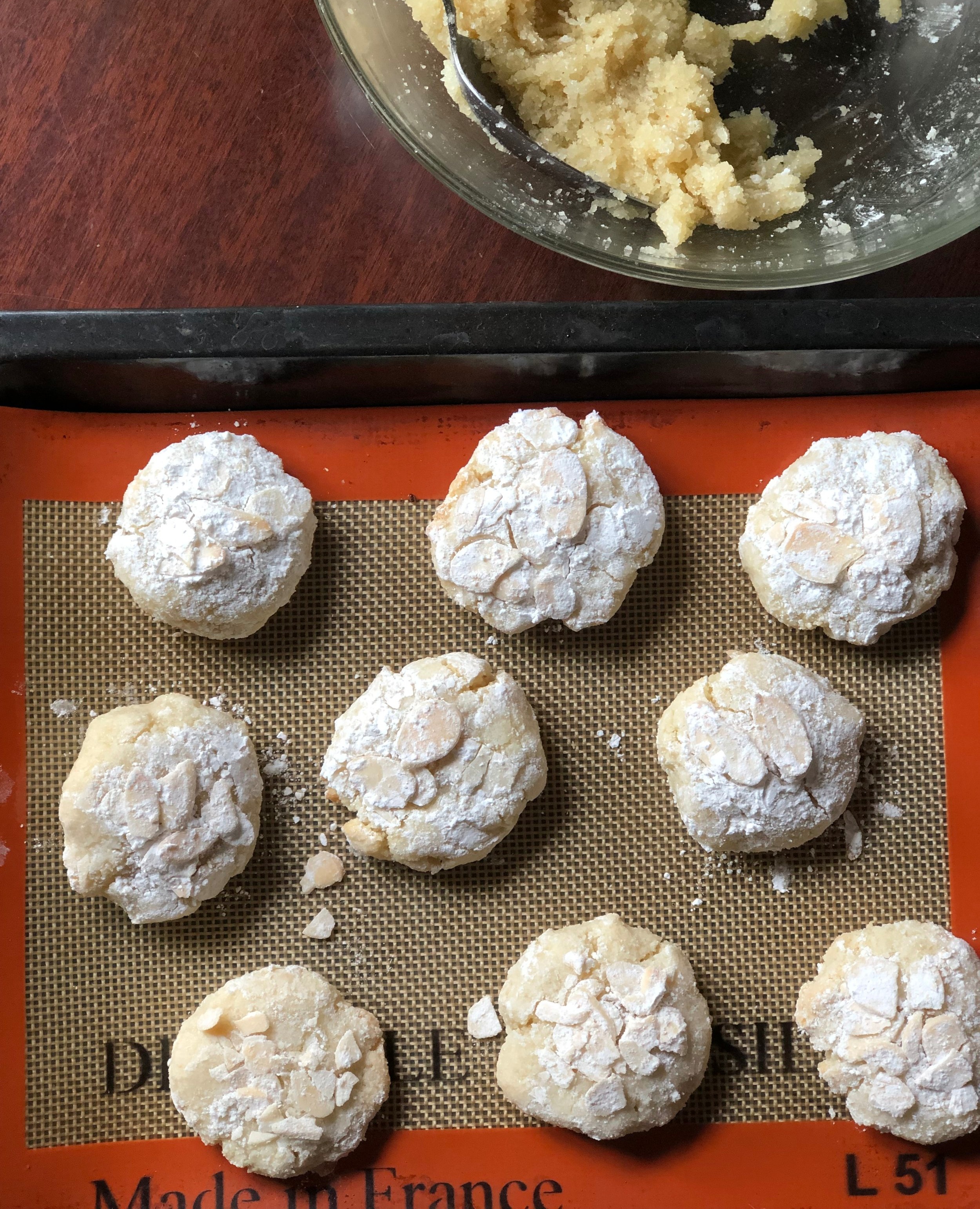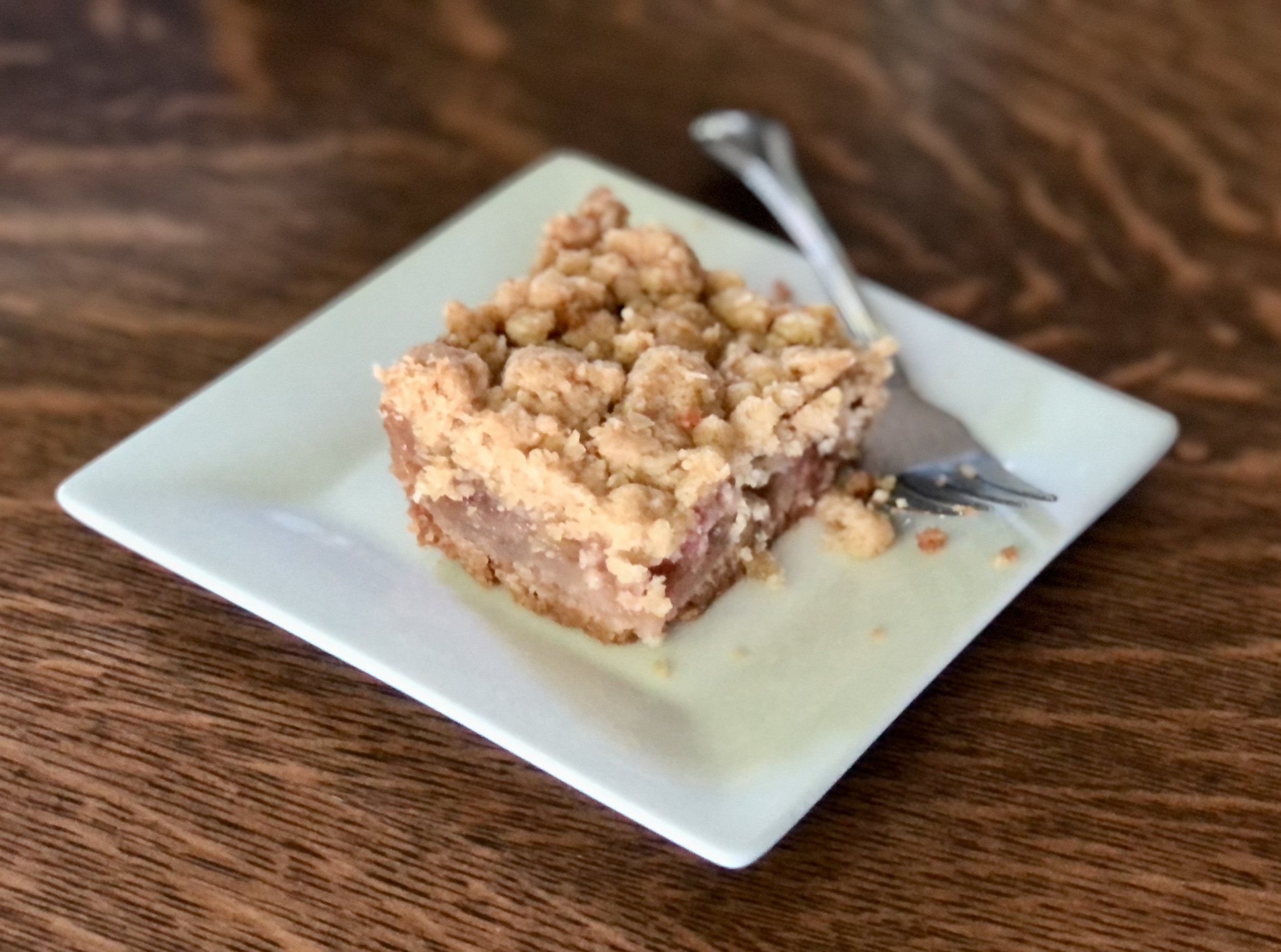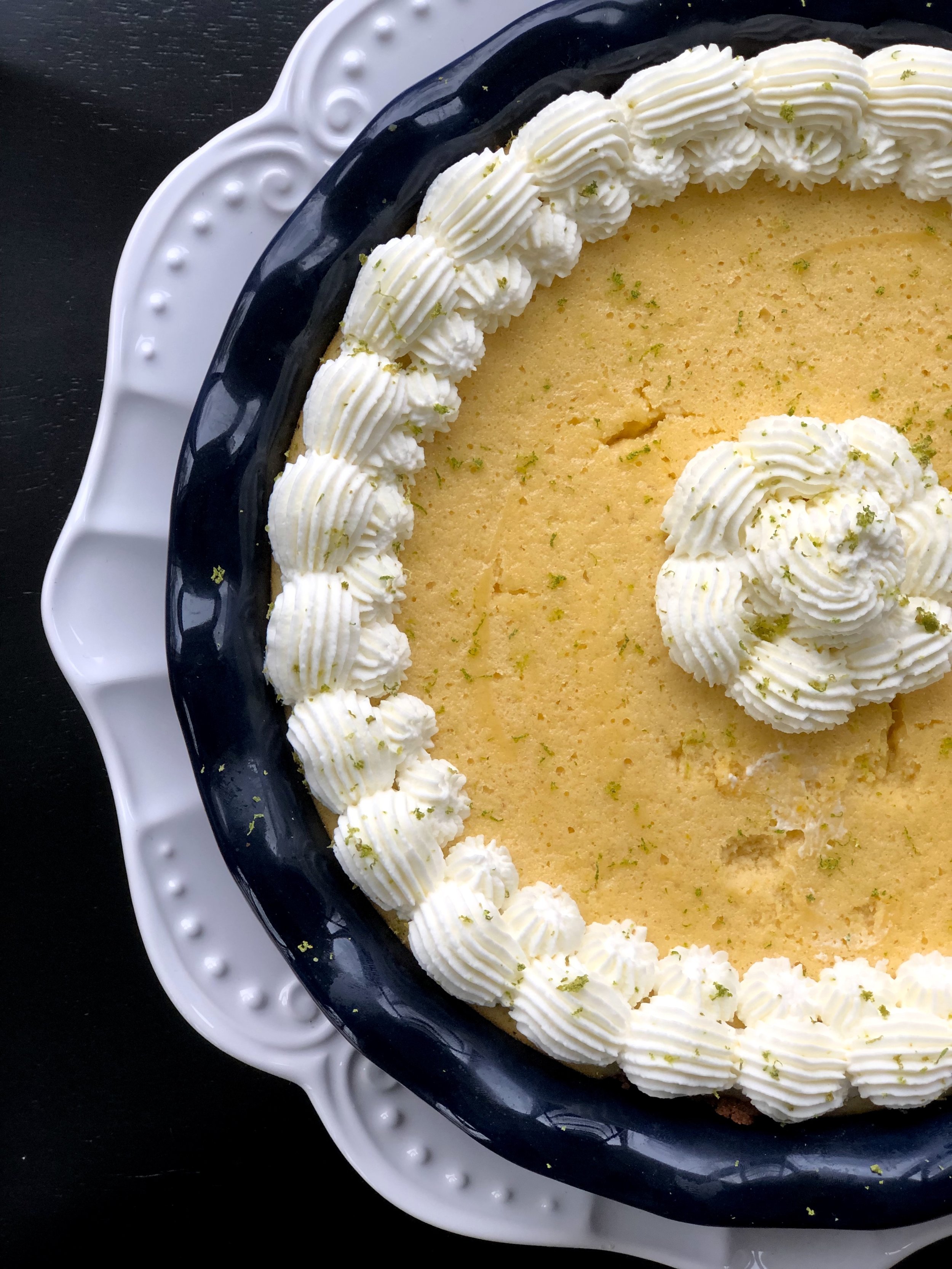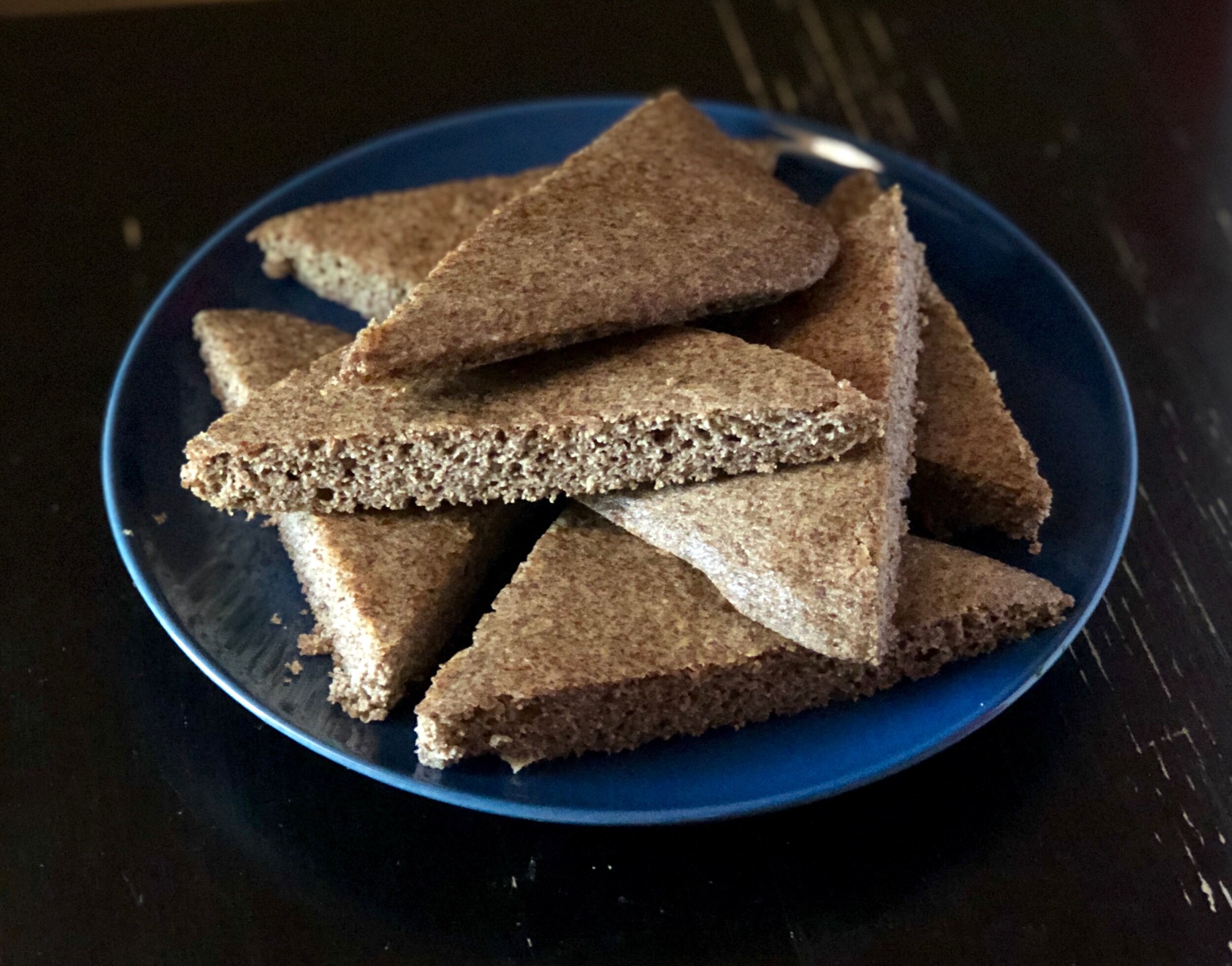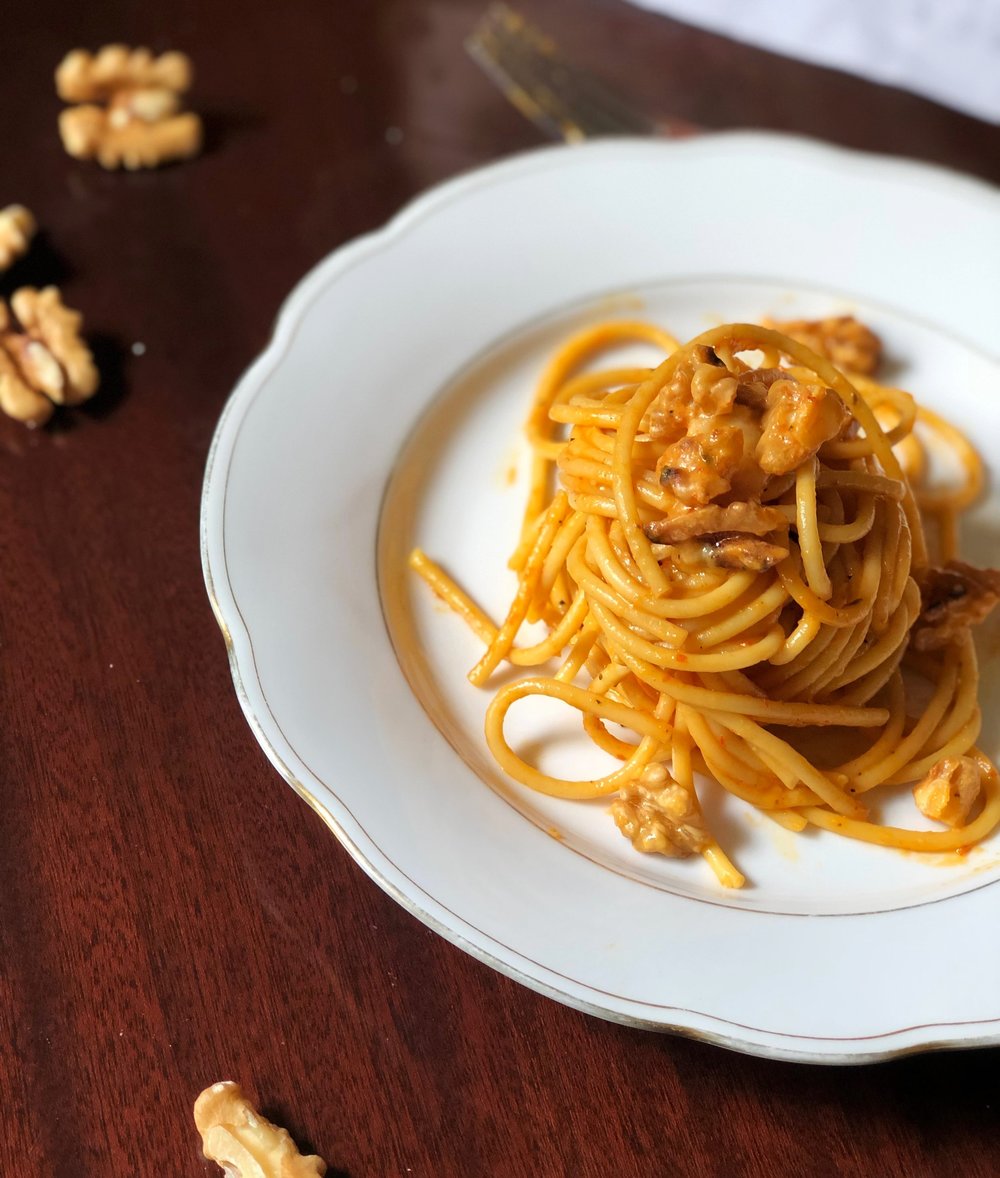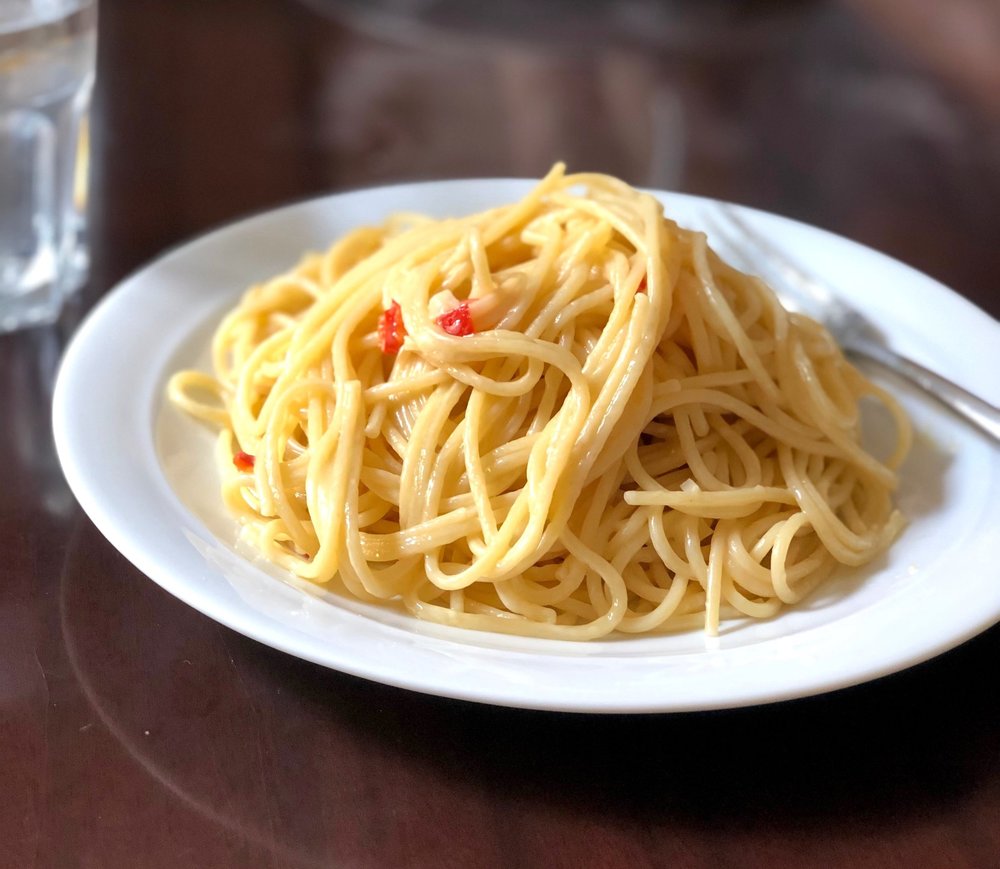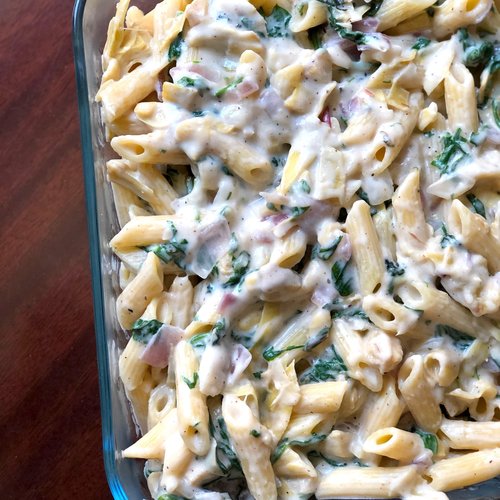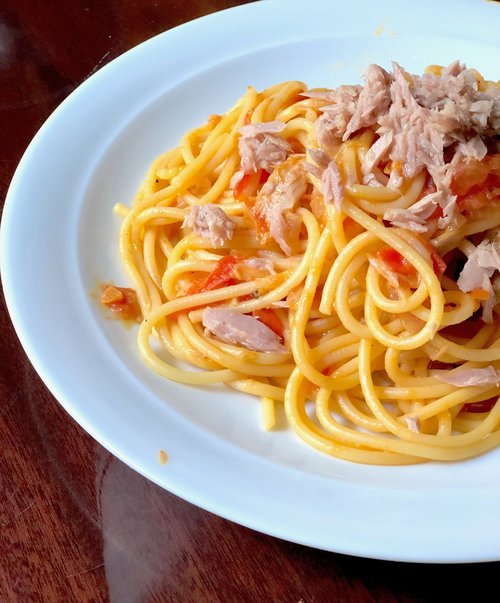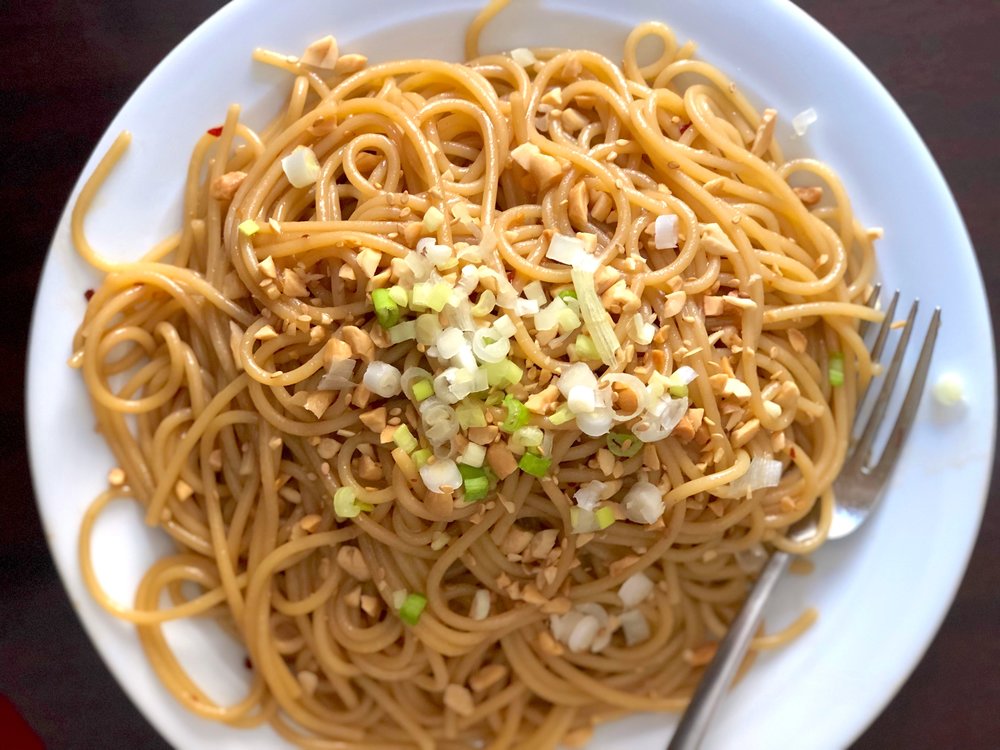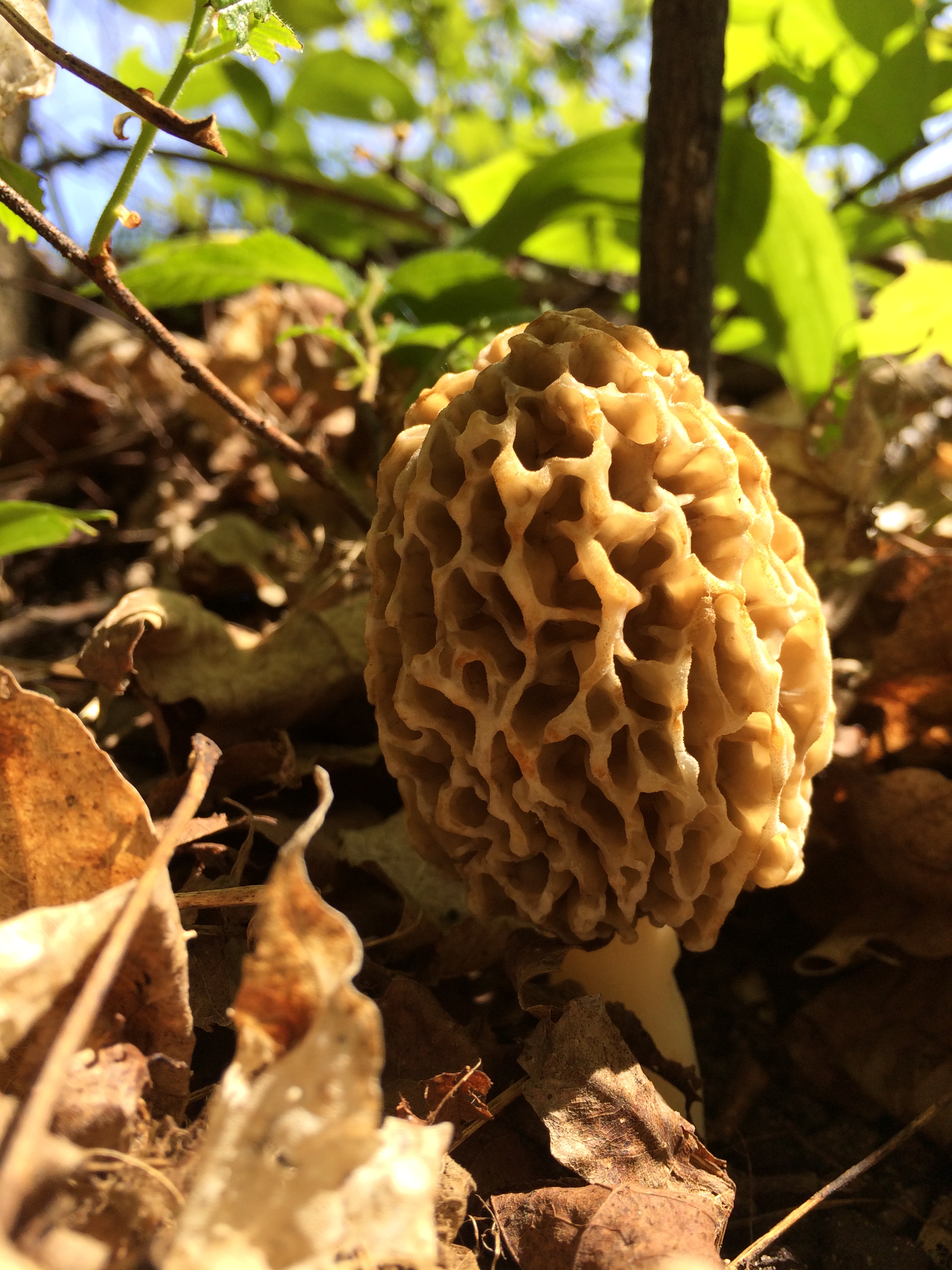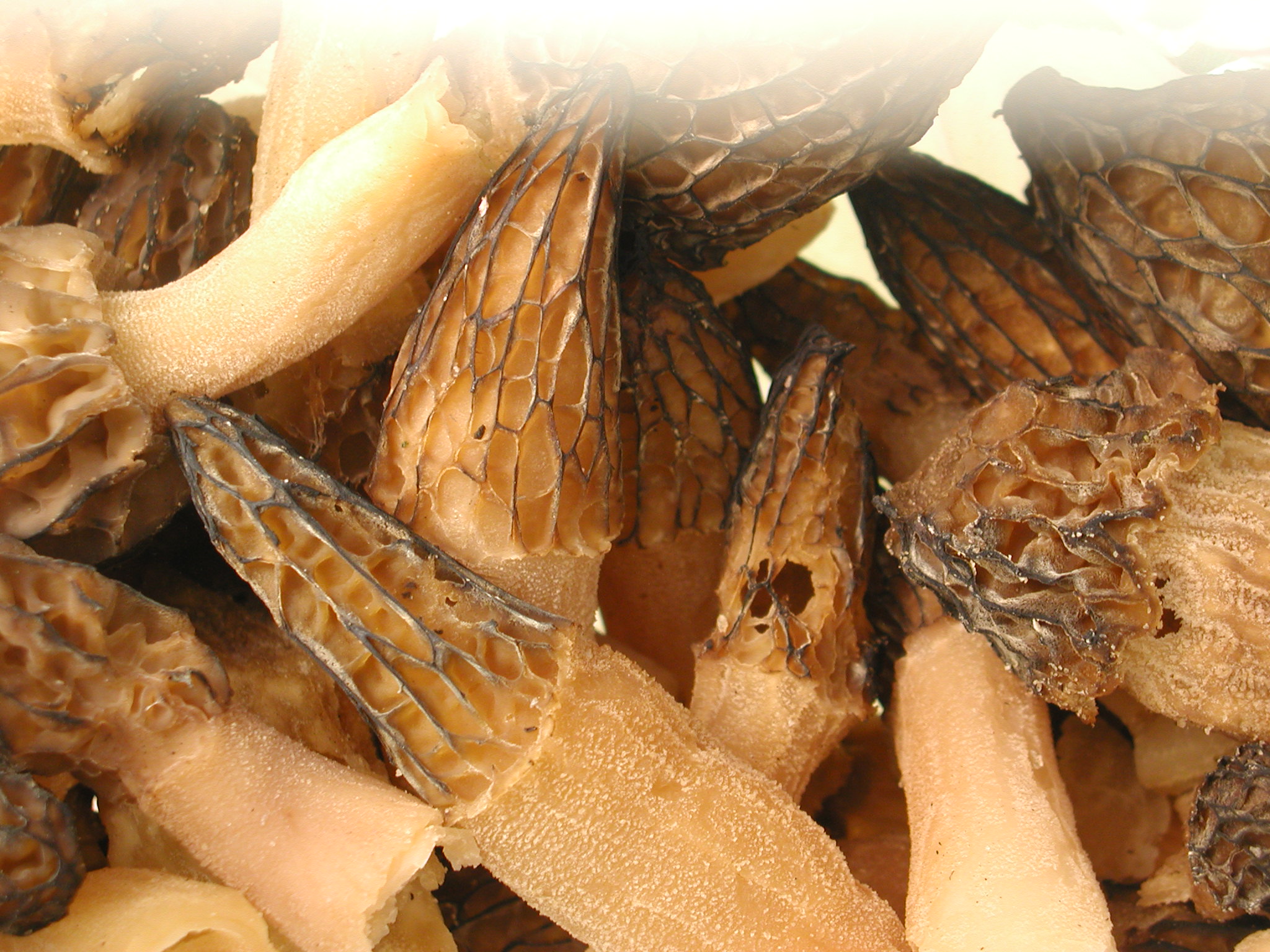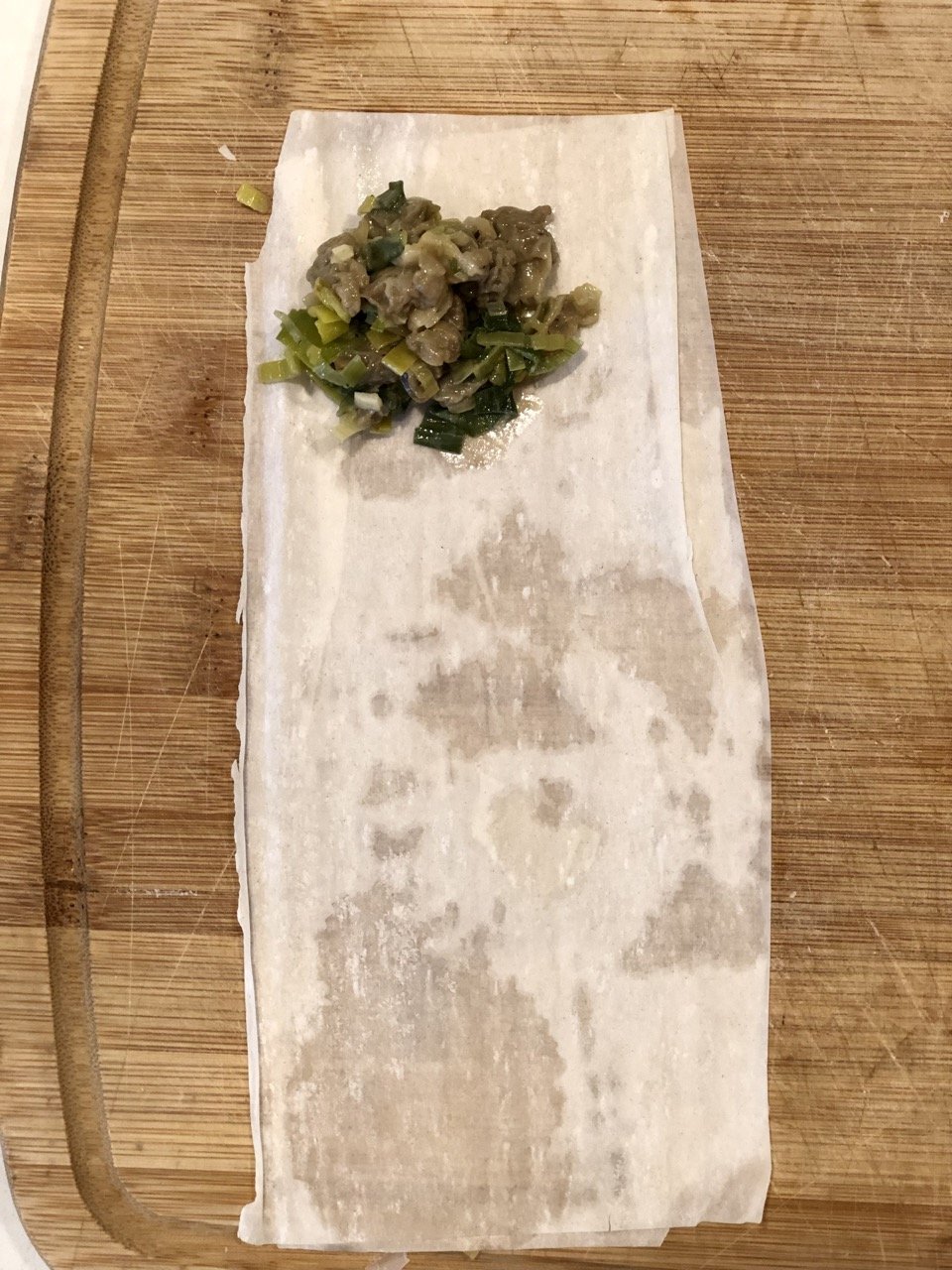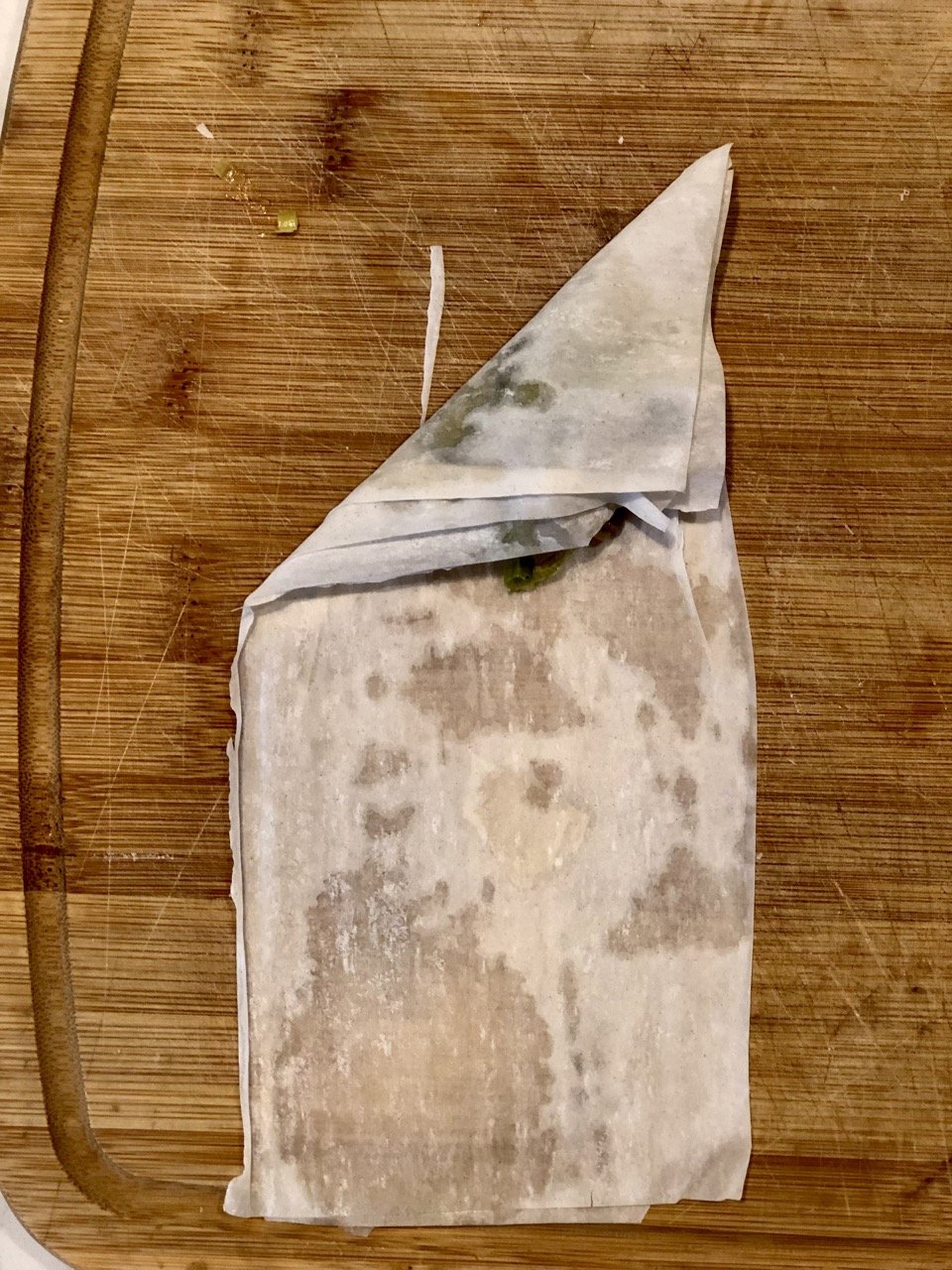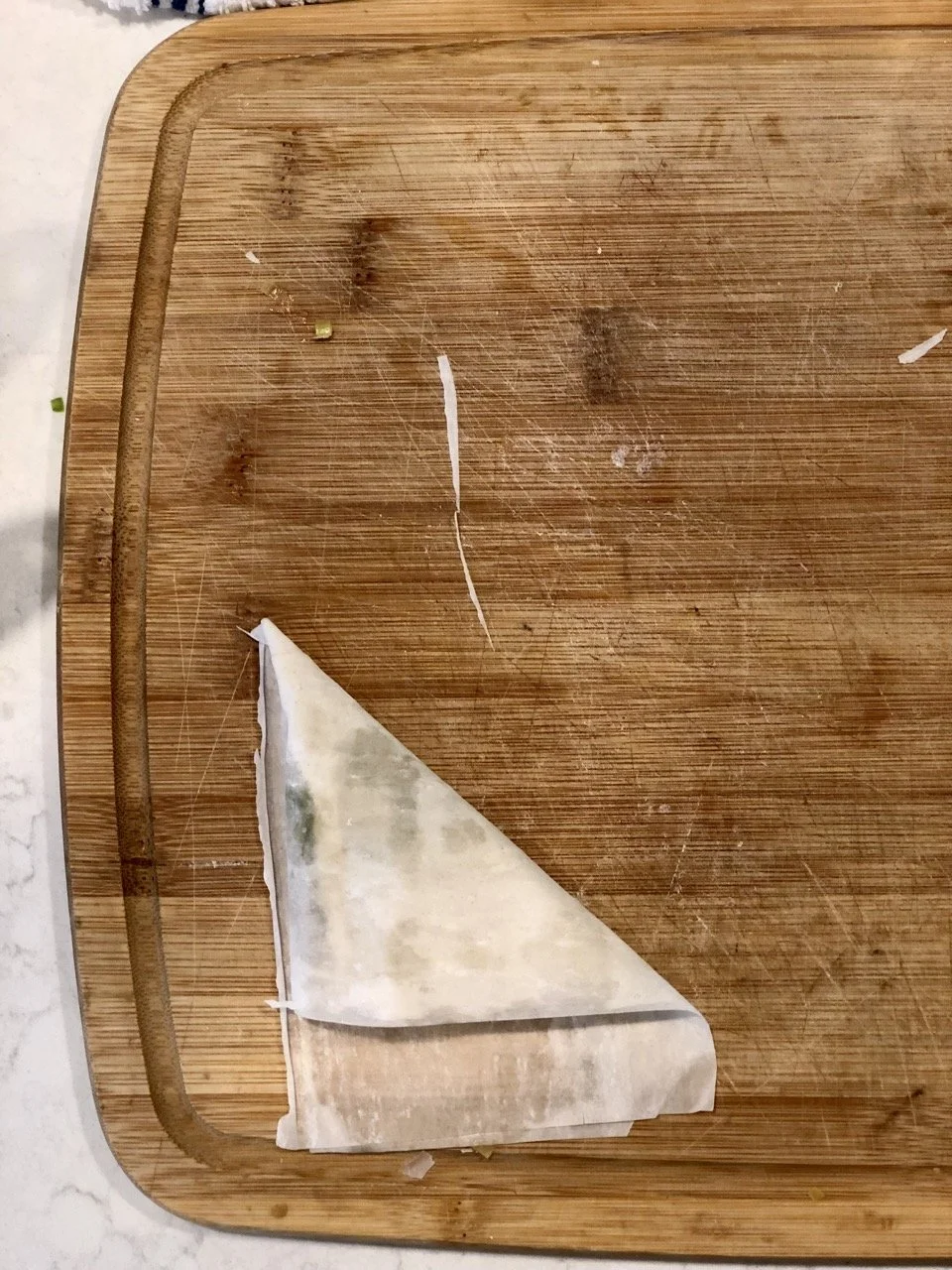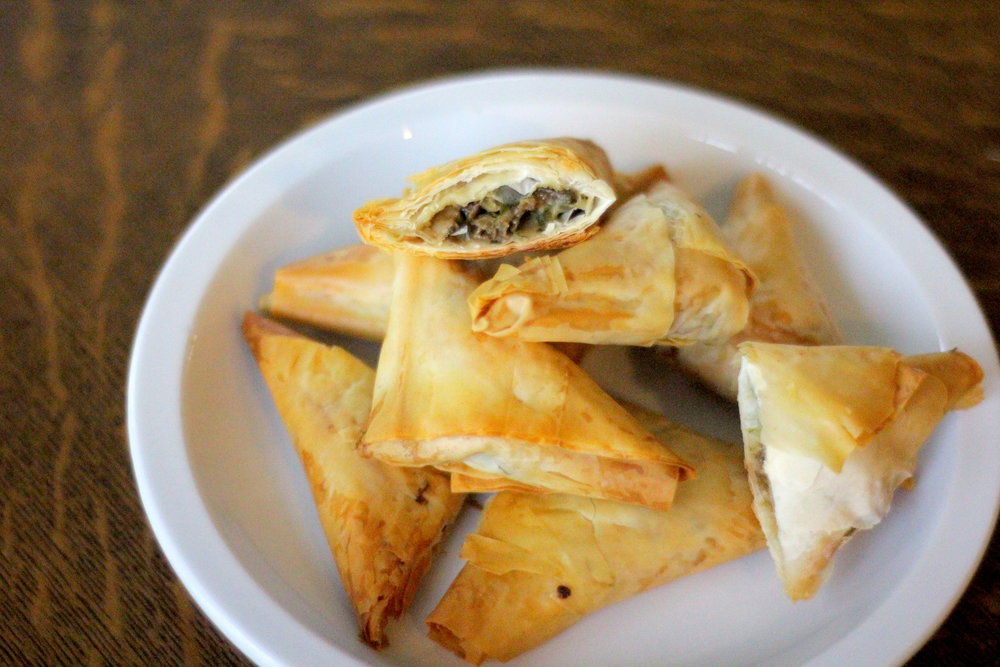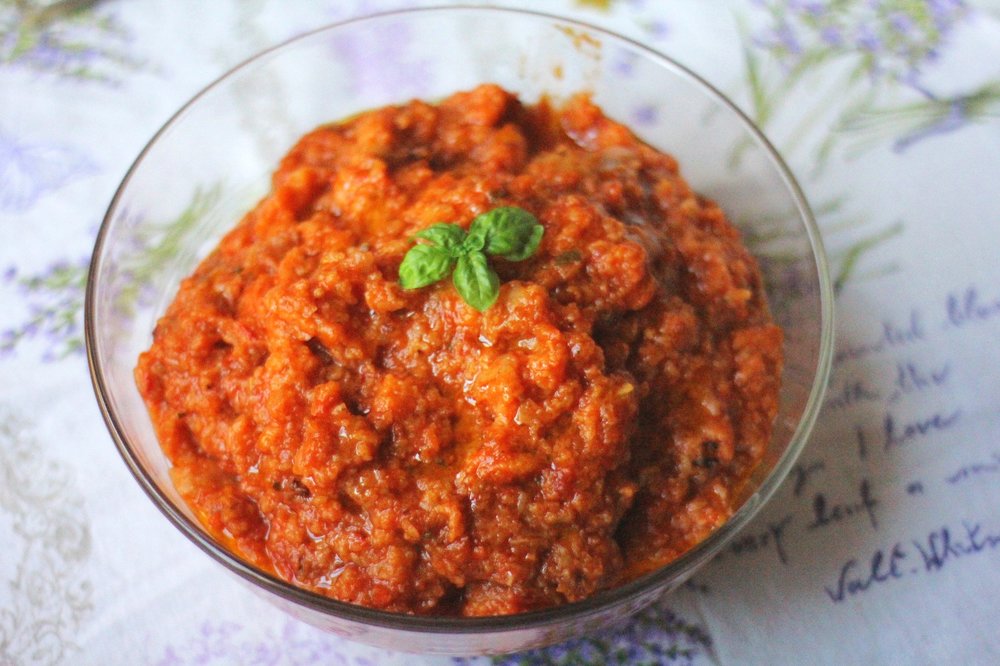Greek Pasta Salad
/It’s August. It’s hot. I’ve already made all the different classic versions of pasta salad and have moved on to making up my own versions. Hot dishes are out when hot weather is in!
Well, most of the time. I say this a bit sheepishly as I’m about to eat a big plate of aglio, olio, peperoncino pasta. That’s not only hot, it’s also lightly spicy. It’s about 100°F out and no, we don’t have air conditioning. Sometimes you just know what you want to eat (especially as a pregnant person) and that’s ok. At least, that’s what I keep telling myself. :D
I’ve also been really into Greek everything. I’ve been making lots of Greek wraps, Greek salads, learned what a traditional Greek salad is, and made a 7+ layer Greek dip! I’ll have a recipe up for the Greek dip soon, it’s very easy to whip up and nutritious to boot! And if you hadn’t already noticed, today’s recipe is a Greek pasta salad! I actually saw a similar idea to this on Instagram recently and decided I needed to eat that. I noticed the recipe used a dressing with ingredients similar to what we’d call Italian dressing in America (oil, vinegar, basil, oregano, garlic, etc) and I decided I wanted to try a hummus dressing. And it was delicious! Hummus mixed with some plain yogurt makes for a creamy and wonderful twist to this pasta salad. You can make homemade hummus, or use whatever brand and flavor you prefer!
Enjoy, my friends, and stay cool!
This post may contain affiliate links. If you make a purchase using these links, Jennyblogs may receive a small commission, at no extra cost to you. This helps to support Jennyblogs. For further information see the privacy policy. Grazie!
A recipe by Jenny Nicole
Greek Pasta Salad
Serves 3-4
Ingredients:
8oz / 250g short pasta of choice, fusilli, penne, shells, etc.
3/4 cup / 185g plain yogurt
3/4 cup / 185g hummus, flavor of choice
1 Tbsp / 14g red wine vinegar
1/4 tsp dried oregano
1/4 tsp dried basil
1 cucumber, diced
1/2 red or green bell pepper, diced
1/2 cup / 90g pitted kalamata olives, sliced if large
1 cup / 150g cherry tomatoes, halved or quartered
2/3 cup / 100g crumbled feta cheese
salt and pepper, to taste
drizzle of extra virgin olive oil, for finishing
Directions:
Cook pasta one minute less than according to directions, nicely al dente, drain and rinse in cold water to stop pasta from continuing to cook. Cool in fridge while you make dressing.
In a large bowl, stir together yogurt, hummus, vinegar, and spices.
Add pasta, all the chopped vegetables, and cheese; stir until everything is evenly coated in dressing. Taste and add salt and pepper, as needed.
Refrigerate until chilled, at least 2 hours. The longer the pasta sits the more the flavors will meld and the sauce be absorbed by the pasta, creating the ideal pasta salad! Just before serving, drizzle with olive oil.
Jenny’s Notes:
If you have fresh herbs on hand, you can use about 1 tsp each of finely chopped fresh basil and fresh oregano!
The quantity of vegetables is really up to you and easy to adjust in simple recipes like this, measurements are approximate.
While you might think Greek yogurt would be better adapted to this “Greek” pasta salad, plain/soupier yogurt actually works better because as the pasta sits, it absorbs the dressing. If you use already thick Greek yogurt, the dressing will probably end up too thick. If Greek yogurt is all you have, you can simply add a few tablespoons of water or milk to thin up the dressing to your liking. This can also be done if you make/buy a particularly thick brand of hummus, or just want the dressing thinner anyway!
The photos you see in this post I actually used a gluten-free penne pasta made from red lentils and brown rice. I had never tried it before but it is an excellent pasta, I would never have known it’s gluten-free. Probably also because it was made by my favorite pasta brand here in Italy, Rummo. If you live here or can find it in the States, I highly recommend it! Although I think I’ve only seen it at World Market for way more than I pay here in Italy. Bummer.
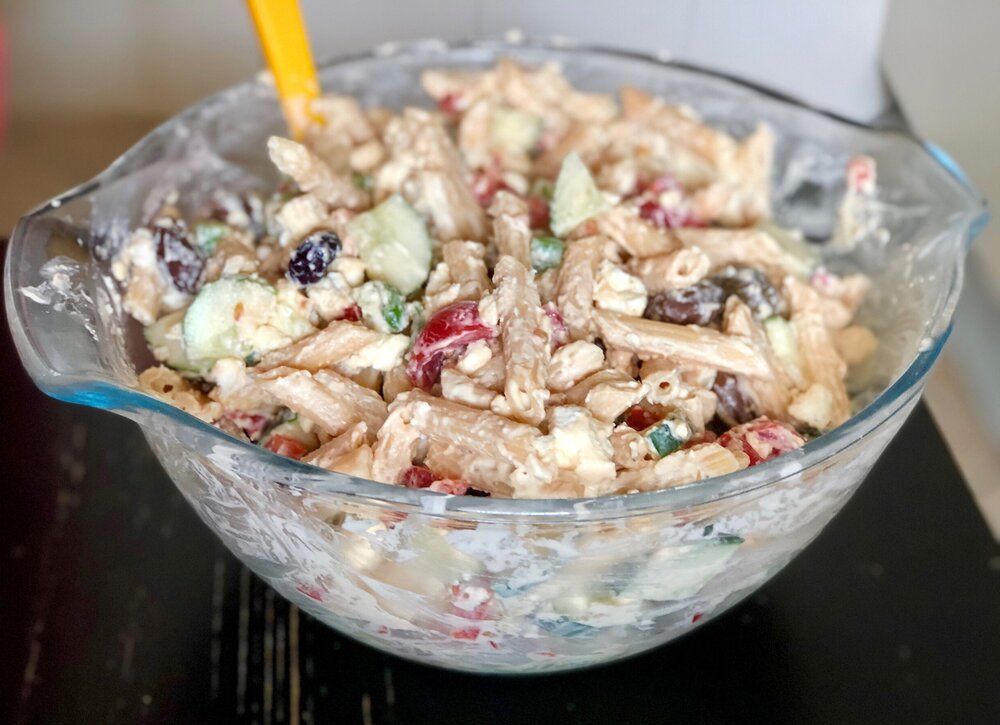
Greek Pasta Salad
Ingredients
Instructions
- Cook pasta one minute less than according to directions, nicely al dente, drain and rinse in cold water to stop it from continuing to cook. Cool in fridge while you make dressing.
- In a large bowl, stir together yogurt, hummus, vinegar, and spices.
- Add pasta, all the chopped vegetables, and cheese; stir until everything is evenly coated in dressing.
- Refrigerate until chilled, at least 2 hours. The longer the pasta sits the more the flavors will meld and the sauce be absorbed by the pasta, creating the ideal pasta salad! Just before serving, drizzle with olive oil.
Notes
If you have fresh herbs on hand, use about 1 tsp each of finely chopped fresh basil and fresh oregano! The quantity of vegetables is really up to you and easy to adjust in simple recipes like this, measurements are approximate. While you might think Greek yogurt would be better adapted to this “Greek” pasta salad, plain/soupier yogurt actually works better because as the pasta sits, it absorbs the dressing. If you use already thick Greek yogurt, the dressing will probably end up too thick. If Greek yogurt is all you have, you can simply add a few tablespoons of water or milk to thin up the dressing to your liking. This can also be done if you make/buy a particularly thick brand of hummus, or just want the dressing thinner anyway!
Nutrition Facts
Calories
486.29Fat
26.16 gSat. Fat
8.20 gCarbs
46.18 gFiber
7.25 gNet carbs
38.93 gSugar
8.71 gProtein
18.81 gSodium
779.53 mgCholesterol
33.37 mgNutritional information is approximate; based on 3 servings.





